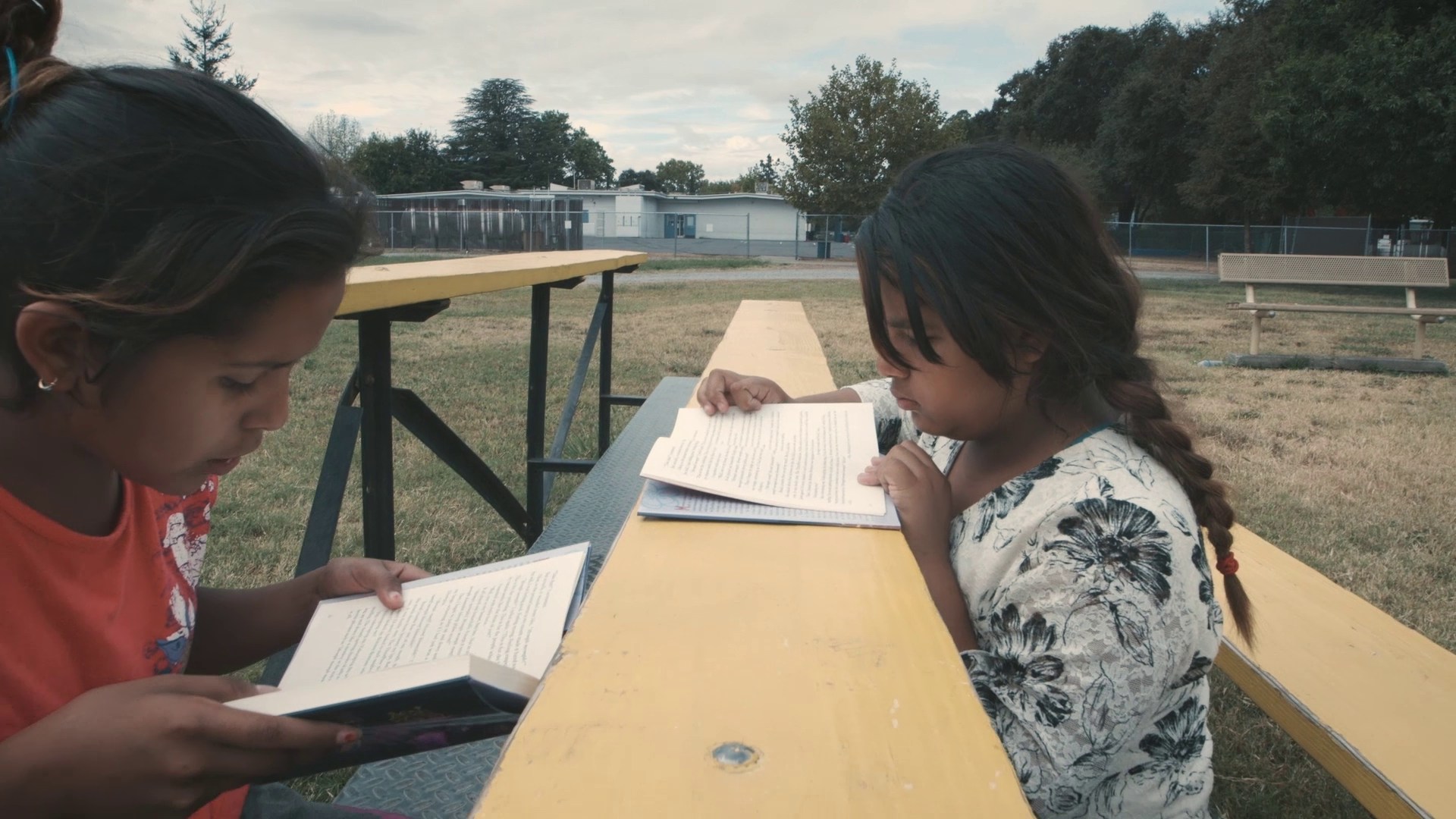
In Their Own Voices – What Makes a Book Work for Young People
This blog post was written by guest blogger Erika Duncan, Founder and Director of Herstory Writers Workshop.
There is magic in reading a book or listening to a story in a group setting. You don’t have to say whether the same thing once happened to you. If you are in a classroom or a group guidance session and you read about crossing the southern border alone, or hoping your father will get out of prison in time for your Sweet Sixteen – you can decide whether to break your silence and talk to your friends or your counselor or teacher, or think about it quietly for a while.
Books can be such good friends during adolescent years, but often young people who have experienced trauma don’t have the concentration to give books a chance.
Two books on the First Book Marketplace were written in a very special way – to dare an imaginary reading stranger to care: Brave Journeys/ Pasos Valientes, 15 stories by young people (ages 14-17) who crossed the border by themselves, and All I Ever Wanted… Stories of Children of the Incarcerated.
Through an empathy-based toolkit developed by Herstory Writers Workshop, students were able to use their own voices to capture what was going on in their hearts at those moments when their lives changed forever.
Week after week, under the guidance of facilitators from Herstory Writers Workshop, they were able to dare one another to find the moments and scenes in their journeys that would help parents, teachers, and classmates walk in their shoes. They learned to tell their stories so that indifferent or distracted readers would keep turning the pages while developing a new kind of identification and compassion, and admiration for their goodness and spirit and strength.
As these students’ stories were collected into books and shared with other young people in classrooms, many students who were not very interested in reading and writing were able to find friends on the page. Shyly at first, young readers began to share mirroring stories and thoughts with their classmates, teachers, and counselors.
Through the process of looking at how each story was put together, they began to understand the narrative questions on their standardized tests. They began to become interested in doing writing of their own. Students who weren’t ready to share yet learned that they weren’t alone.
Carolina Perez, a counselor at Hempstead High School, recalls using the book Brave Journeys/ Pasos Valientes in her classroom:
I chose to read ‘Story Number Five, A Longed-for Reunion,’ to motivate my students to think about their migration journeys. I was a page into it, and a student asked me if he could read. Since I was very thirsty and tired of reading out loud, I quickly agreed. The student read slowly, as he had trouble with some words in his own language. All students were engaged and even cheered when he finished. The story had a fortunate ending; the positive experience of reuniting with parents they all had just recently experienced.
I asked to go back to their notebook and write about their migration journey. How did they migrate to the United States? what were they thinking? who were they with? who did they meet? how did they feel? I also asked them to write about their first day in the United States. What do they like about the United States? Who did they reunite with? How did they feel?
All five students came from Central America and related to being held at the hielera. They shared their stories, which all seemed very similar. As they shared, they teared up, but also laughed. They could not believe that all five of them from different towns and countries could have so many similarities in their experiences. They began to trust each other and me as their counselor.
In a matter of two hours, I had discussed with this group what would otherwise take me weeks to explore without the book.
